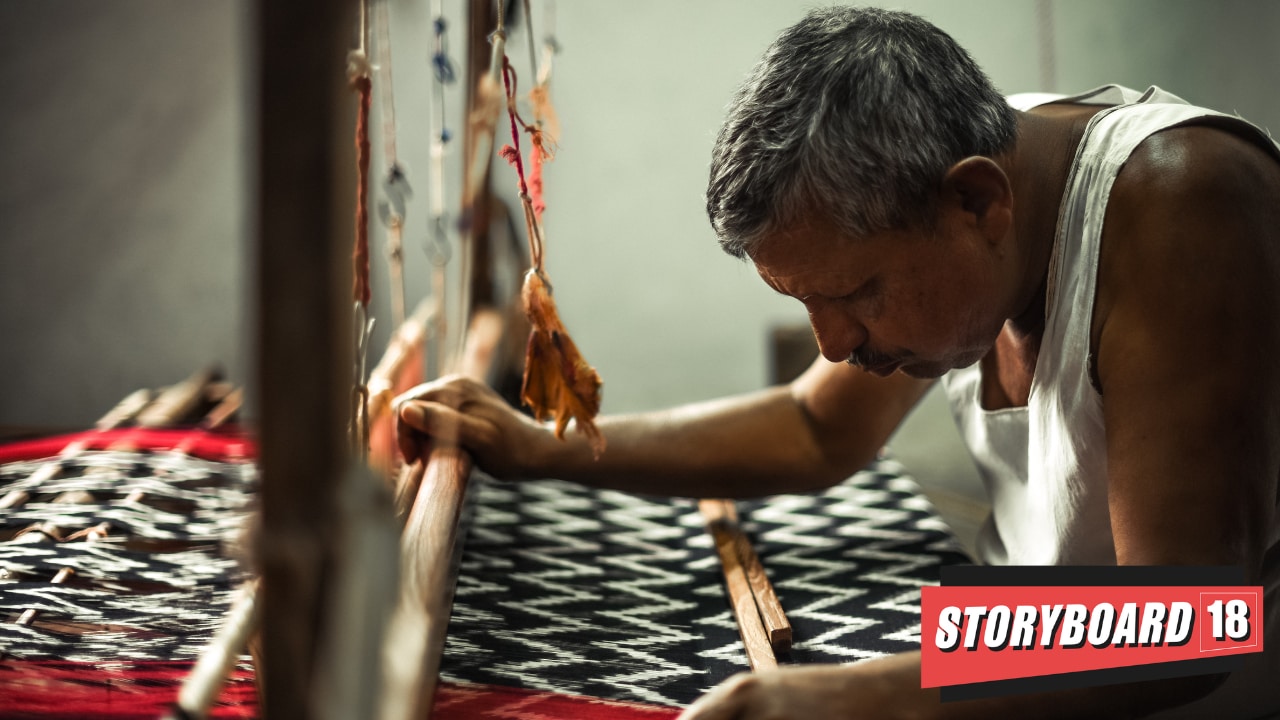Digital technologies are positively impacting organisations, large and small, and have had a big influence on the global economy. But there are still sectors of society that have been left behind. This is especially true for small-scale artisan communities whose work is locally owned and relies on traditional and hand-made techniques.
Through creative applications of digital technology there are plenty of ways to help these artisan communities. Government and NGO efforts are making inroads, such as an initiative in Guatemala to build solar-powered micro grids, 3 to 5 kW each, that provide enough electricity and internet access to reliably power digital community centers (DCCs). Among other things, the DCCs help local women sell their artisan goods and crafts to a broader market.
In India, rural Bengali farmers descend upon Kolkata to handcraft pandals for the annual Durga Puja festival that occurs in the fall. While still mainly a side job, fabricating these temporary structures that honor the goddess Durga has provided exposure to the farmers’ craft as well as extra income streams. Thousands of people from around the world attend Durga Puja, but in 2022 thousands more were able to experience the farmers-turned-artisans’ work in near real time from anywhere in the world, thanks to immersive computer-simulated 3D technology.
Ways to apply creative technology to support artisan communities has even captured the attention of the U.S. National Science Foundation, which awarded two University of Michigan professors a $1.5 plus million grant to study how technology can be used by artisans to empower, not replace, their labour.
India’s struggling handloom industry
Digital technology has the potential revitalise the handloom industry in India, famous for the vibrant, silk sarees created using Jacquard handlooms that have changed little since they were invented in the early 1800s. These looms rely on cards punched with holes and laced together in sequence to control the threads and transcribe motifs and patterns into the fabric. It’s a complex and slow process – it can take as much as month or two to make an intricate saree.
For decades, customers have travelled near and far to the small villages and towns, where they could buy directly from the artisans, whose skills have been passed down from generation to generation. But today, customers can buy less expensive, machine-made sarees from nearby stores or even right in their homes from online sites and marketplaces.
Machine loom technology and the mass production decimating the livelihoods of the more than 31 million handloom weavers across India. Many, even the most celebrated weavers, are impoverished often making less than Rs.5,000 a month.
Reimagining the handloom business model
TCS has created Bridgital Loom, a solution that blends state-of-the-art technology and creativity. The aim is to revitalize India’s handloom industry by flipping its current design-weave-sell model where weavers weave sarees before any orders are placed. With the Bridgital Loom marketplace, weavers can create sarees when and as they are ordered, customers can design and order highly personalized sarees online from anywhere, and sellers can let customers use VR in their stores to design and order custom made sarees.
Bridgital Loom also includes software to digitize traditional handlooms, automating the processes managed by the manual punch cards, enabling endless design possibilities, and drastically reducing the time it takes to set the loom for new motifs and patterns.
The solution drew inspiration from Tata Sons chairman N. Chandrasekaran’s bold vision for the future outlined in his book, “Bridgital Nation: Solving Technology’s People Problem.” Over several years, TCS Ignite teams have been working on this solution digitizing the traditional handloom weaving process. TCS Ignite is a six-month learning program that inspires innovation and creativity in training recent science graduates joining TCS for a career in technology. TCS Interactive showcased Bridgital Loom at Adobe Summit in Las Vegas March 19-23.
TCS is working on taking this innovation further into a business model, that can be opened to weavers across the country to re-imagine the way a saree is designed and woven just the way the customer wanted, to co-create and experience the saree’s making from its inception. As Kamal Bhadada, president of TCS Interactive says, “TCS is all about helping companies take advantage of digital technologies – to help them grow new businesses, create new products and services, reach their customers globally, and personalize their products and services to meet the needs of customers at scale. Now, India’s celebrated artisans will be able to keep alive the centuries-old tradition of handlooms and silk sarees for years to come.”
The writer is the global head, ecosystem initiatives and marketing of TCS Interactive. Views expressed are personal.
